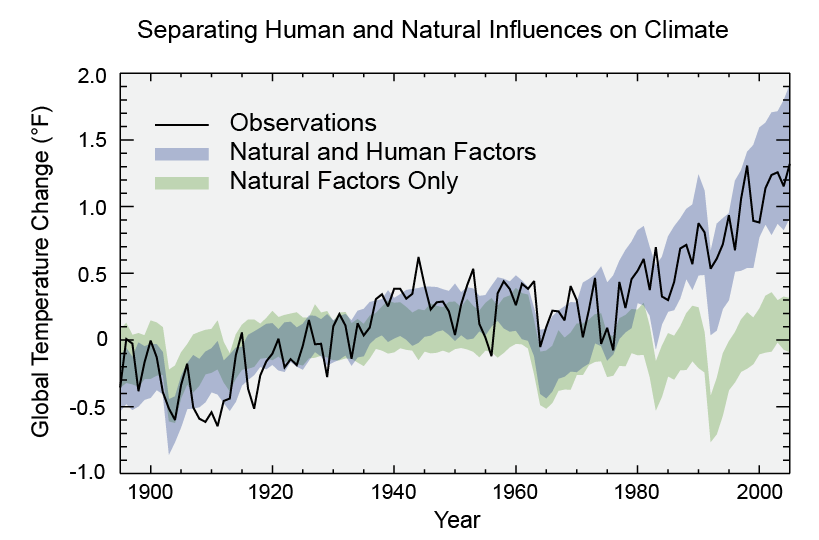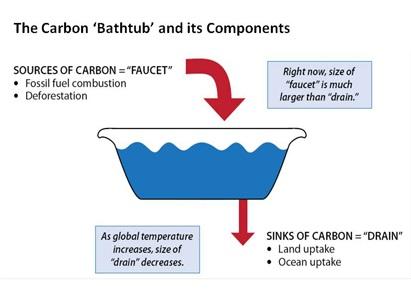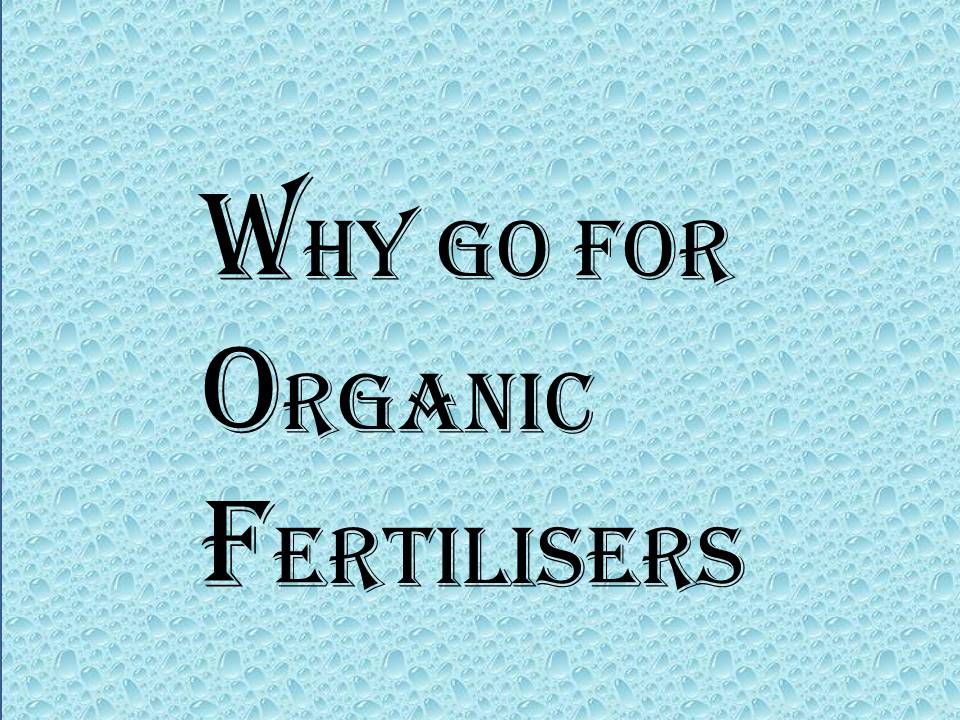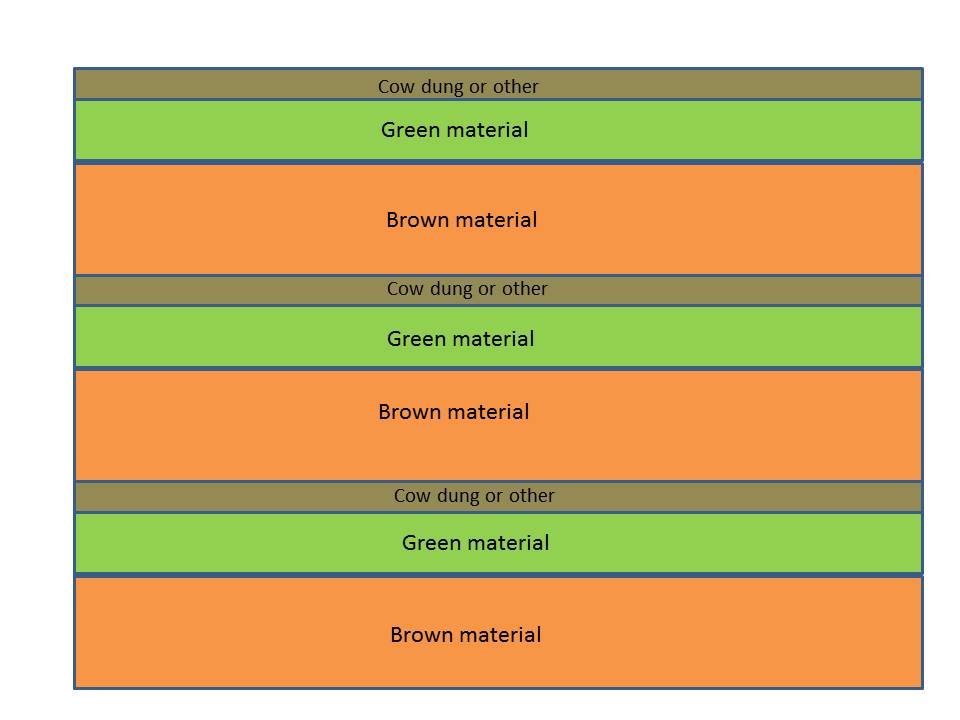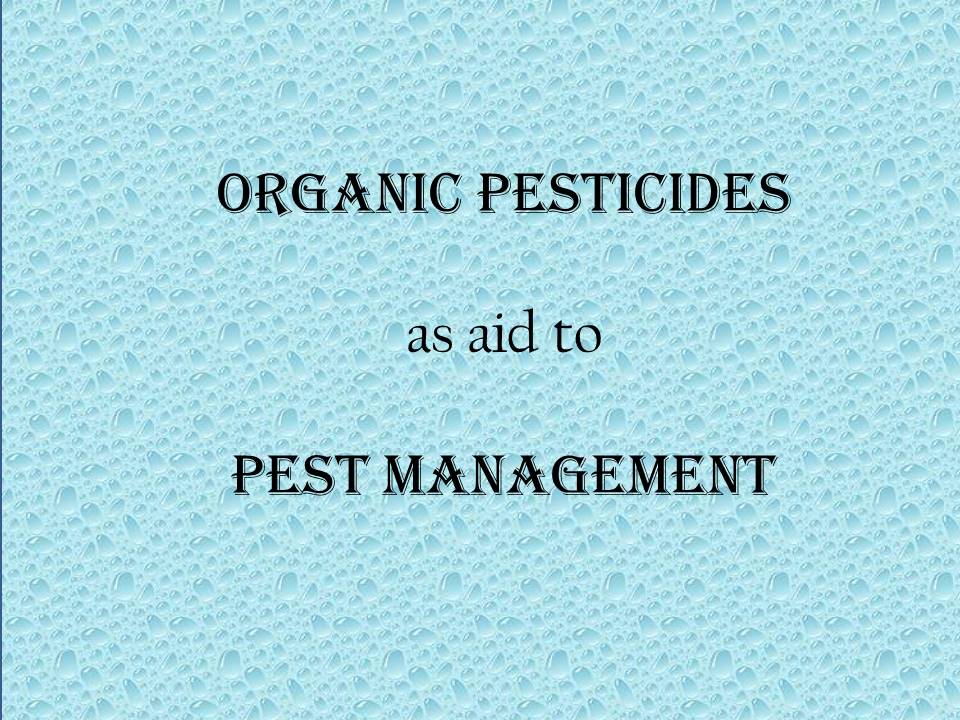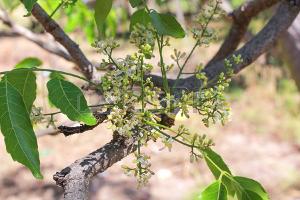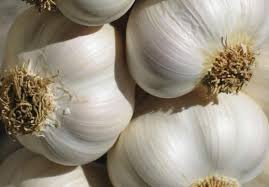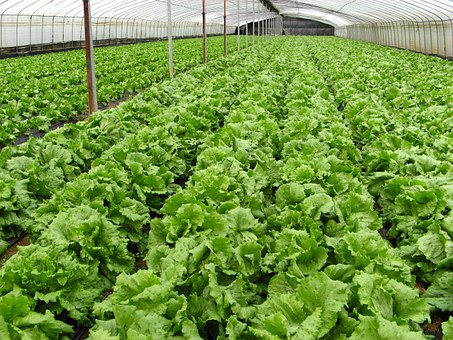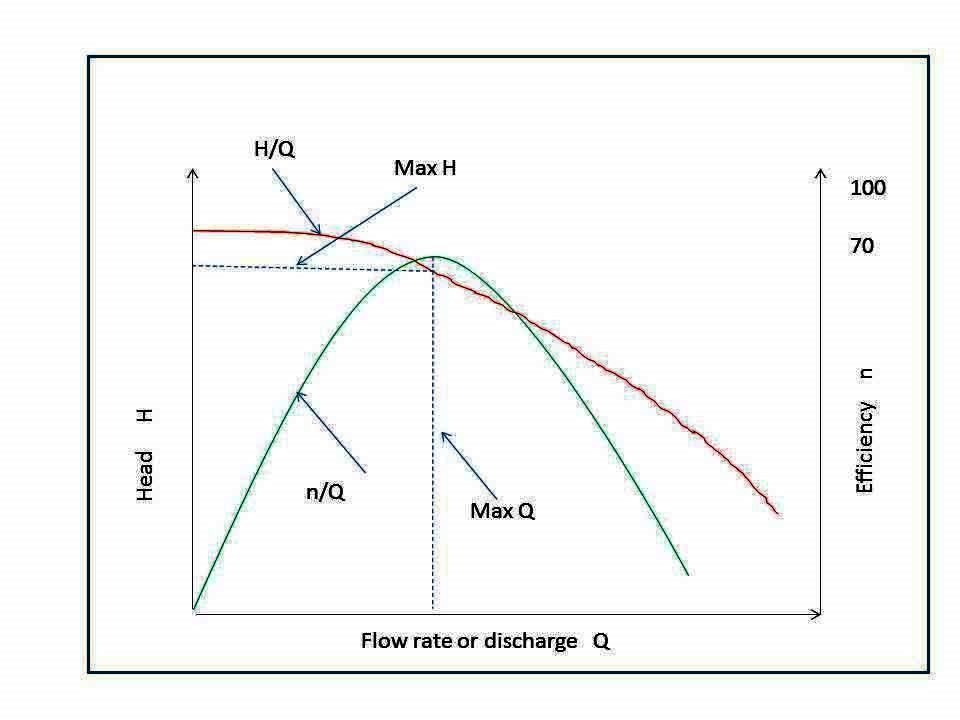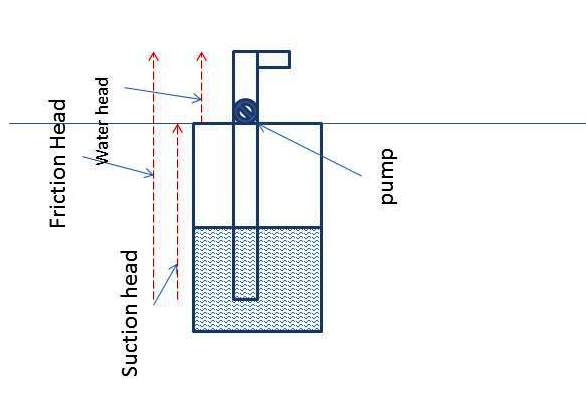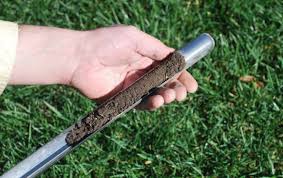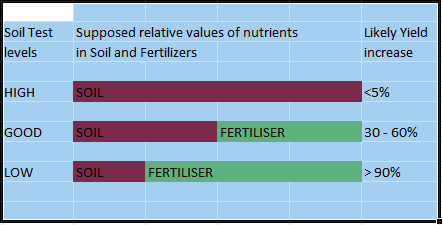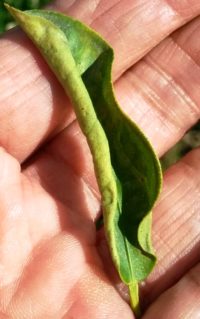
Friends, Most of northern India has had a freak weather. Rains and hail storms over a wide swath have caused heavy loss to wheat crop and vegetable crops in its wake. We have seen unusually warm winter season, a very different kind of rainy season. We say it is due to CLIMATE CHANGE.
What is Climate Change and what can be done by us to mitigate this change ?
Causes and Effect of Climate Change.
Temperature on the Earth would have shot up many times due to Sun Rays had there not been a naturally occurring balancing act going on. Earth is heated up by Sun Rays. Release of absorbed heat into space cools the earth. By reflecting the sun’s energy, earth avoids heating.
The Balancing is between:
- Variations in sun’s energy which is received by earth.
- Changes in reflectivity of earth’s surface and its atmosphere.
- Changes in green house effect (retention of heat by earth’s atmosphere).
There. That is some discussion on global warming and climate change.
The climate changes were thought to relate to naturally occurring phenomenon such as volcanic activities, solar energy changes and natural changes in green house gases (GHG) concentrations. However recent climate changes cannot be explained only on naturally occurring cases. It is now required to factor in effect of human activities which also causes climate changes. From the time of Industrial Revolution, human activities producing greenhouse gases like CO2, Methane, Nitrous Oxide and others is only increasing.
Human activities currently release over 30 billion tons of CO2 into the atmosphere every year.[2] The resultant build-up of CO2 in the atmosphere is like a tub filling with water, where more water flows from the faucet than the drain can take away.
Methane is produced through both natural and human activities. For example, natural wetlands, agricultural activities, and fossil fuel extraction and transport all emit CH4. Due to human activities, CH4 concentrations increased sharply during most of the 20th century and are now more than two-and-a-half times pre-industrial levels.
Nitrous oxide is produced through natural and human activities, mainly through agricultural activities and natural biological processes. Fuel burning and some other processes also create N2O. Concentrations of N2O have risen approximately 20% since the start of the Industrial Revolution, with a relatively rapid increase toward the end of the 20th century.[2]
The entire world is now united in devising ways to mitigate this worsening scenario of earth temperature increasing and causing uncertain climate changes.
Below I write down some thoughts expressed by Mr. Jose Graziano da Silva, FAO Director-General in his Foreword in publication the F&AO (Food and Agriculture Organization of the United Nations), titled “2017 – The State of Food and Agriculture” on this subject.
- Rapid change in the world’s climate is translating into more extreme and frequent weather events, heat waves, droughts and sea-level rise.
- Unless action is taken now to make agriculture more sustainable, productive and resilient, climate change impacts will seriously compromise food production in countries and regions that are already highly food-insecure.
- Climate change .. will expose both urban and rural poor to higher and more volatile food prices.
- Small holder production needs to adapt to climate change and make the livelihoods of rural populations more resilient. Agro ecology and sustainable intensification are examples of approaches that yield and build resilience through practices like green manuring, nitrogen-fixing cover crops and sustainable soil management and integration with agroforestry and animal production.
- Livelihood diversification in rural households helps in climate risks y combining on-farm activities with seasonal work.
- In order to keep the increase in global temperature below the crucial ceiling of 2oC, emissions will have to be reduced by as much as 70 percent by 2050. The contribution of agriculture sector in this important. At least a fifth of increase in global temperature is due to emissions increase with conversion of forests to farmland, and from livestock and crop production.
He has further cautioned that we need to promote food security hand in hand with climate change adaptation and mitigation.
The international community needs to address climate change today, enabling agriculture, forestry and fisheries to adopt climate-friendly practices. ….. Business as usual is not an option.
Agriculture has always been the interface between natural resources and human activity. It holds the key to solving the two greatest challenges facing humanity: eradicating poverty, and maintaining the stable climatic corridor in which civilization can thrive.
I leave you readers on this note. I hope to bring blogs on different aspects brought out here shortly.
Meanwhile please feel free to input your valued advice.
